Home>Garden Essentials>How To Plant Seed Potatoes
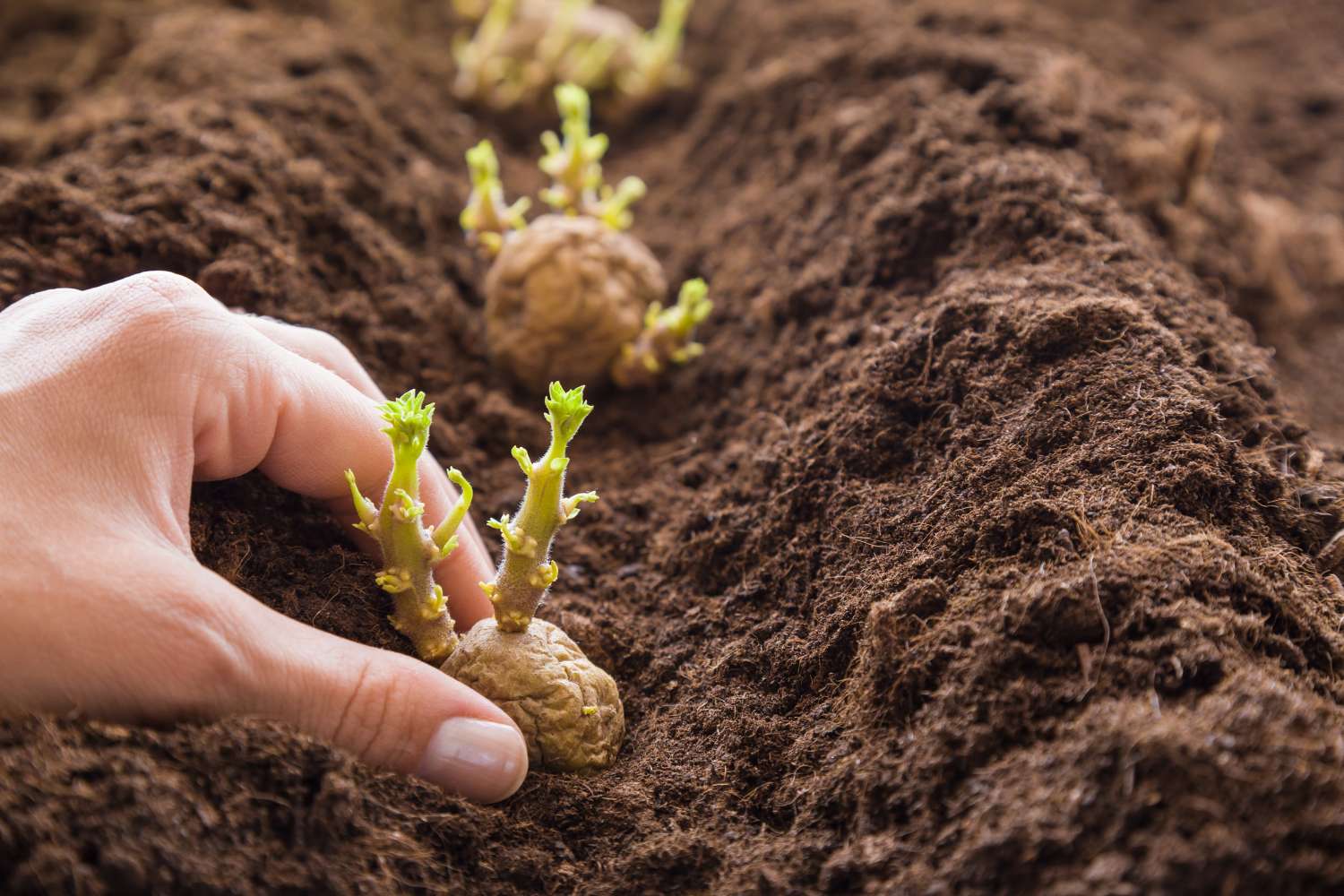

Garden Essentials
How To Plant Seed Potatoes
Modified: March 25, 2024
Learn how to plant seed potatoes in your garden and grow your own delicious potatoes. Follow our step-by-step guide for a successful potato harvest.
(Many of the links in this article redirect to a specific reviewed product. Your purchase of these products through affiliate links helps to generate commission for Storables.com, at no extra cost. Learn more)
Introduction
Are you looking to grow your own potatoes? Planting seed potatoes is a rewarding and fulfilling experience that allows you to enjoy the fruits of your labor right from your own backyard. Whether you’re a seasoned gardener or a novice, this comprehensive guide will walk you through the steps of planting seed potatoes and help you achieve a successful potato harvest.
Seed potatoes are specially grown and certified to be free from diseases. They are the starting point for growing potatoes and come in a variety of types, including early, mid-season, and late-season varieties. Before planting your seed potatoes, it is crucial to choose the right type based on your climate and personal preference.
In this article, we will delve into the process of planting seed potatoes, from choosing the right seeds to harvesting and storing them for future use. Let’s dig in and explore the wonderful world of growing potatoes!
Key Takeaways:
- Choose high-quality seed potatoes suited to your climate and taste preferences for a successful potato harvest. Prepare the soil, cut and presprout the seeds, and provide proper care to grow delicious homegrown potatoes.
- Regularly monitor and care for your potato plants to prevent pests and diseases. Harvest and store seed potatoes properly for future planting, ensuring a thriving crop in the next season.
Read more: How To Plant Seed Potatoes In Grow Bags
Choosing Seed Potatoes
When it comes to choosing seed potatoes, there are a few key factors to consider. First and foremost, select a reputable supplier or nursery that specializes in seed potatoes. This will ensure that you are getting certified disease-free seeds that have been carefully selected for their quality.
Next, consider the type of potato you want to grow. There are countless varieties available, each with its own unique flavor, texture, and cooking characteristics. Some popular types include Russet, Yukon Gold, Red Pontiac, and Fingerling potatoes. Research different varieties and choose the ones that suit your taste preferences and culinary needs.
Additionally, take into account the climate and growing conditions in your area. Some potato varieties thrive in cooler climates, while others are more suited for warmer regions. Check the recommended growing zones for each variety and choose ones that are suitable for your location.
Inspect the seed potatoes for any signs of damage, disease, or sprouting. Look for firm, smooth potatoes without any soft spots or blemishes. A healthy seed potato should have “eyes” or small indentations from which new sprouts will emerge. Avoid potatoes that have a green tinge, as it indicates exposure to light and the development of a harmful toxin called solanine.
Lastly, consider how many seed potatoes you will need based on the size of your planting area. A general rule of thumb is to plant one to two seed potatoes per square foot. This will ensure that the plants have enough space to grow and produce ample tubers.
By carefully selecting your seed potatoes, you are setting the foundation for a successful and bountiful potato harvest. Take the time to choose high-quality seeds that are suited to your local climate and culinary preferences, and you will be well on your way to growing delicious potatoes in your garden.
Preparing the Potato Bed
Before planting your seed potatoes, it’s important to prepare a proper potato bed that will provide the ideal growing conditions for your plants. Follow these steps to ensure your potato bed is ready for planting:
- Choose a sunny location: Potatoes thrive in full sun, so select an area in your garden that receives at least six to eight hours of direct sunlight each day.
- Clear the area: Remove any weeds, rocks, or debris from the designated potato bed. These can compete with the potatoes for nutrients and hinder their growth.
- Loosen the soil: Use a garden fork or a tiller to loosen the soil to a depth of at least 12 inches. This will improve the drainage and aeration of the soil, creating a favorable environment for the potato roots to develop.
- Amend the soil: Potatoes prefer well-draining soil with a pH level between 5.5 and 7.0. Test the soil pH and make any necessary adjustments by adding organic matter, such as compost or well-rotted manure, to improve the soil structure and fertility.
- Add organic fertilizer: Prior to planting, apply a balanced organic fertilizer to provide essential nutrients for the growing potatoes. Follow the recommended application rates on the fertilizer packaging.
- Create raised beds or mounds: Depending on your preference and the space available, you can create raised beds or mounds for your potatoes. This helps with drainage and prevents the potatoes from getting waterlogged.
After preparing the potato bed, take the time to water the soil thoroughly to ensure it is evenly moist. This will create an optimal environment for the seed potatoes to establish their roots. It’s also a good idea to install a row cover or barrier to prevent weeds from germinating and competing with the potato plants.
By properly preparing the potato bed, you are setting the stage for healthy and productive potato plants. The loosened soil, amended with organic matter, will provide the right growing conditions, and the added organic fertilizer will supply the necessary nutrients for vigorous growth. With a well-prepared potato bed, you’re on your way to a successful potato harvest.
Cutting and Presprouting Seed Potatoes
One important step in planting seed potatoes is cutting and presprouting them. This helps to maximize the number of potato plants you can grow and gives the potatoes a head start in the growing process. Follow these guidelines for cutting and presprouting seed potatoes:
- Select healthy seed potatoes: Choose seed potatoes that are firm, free from disease or damage, and have multiple “eyes” or sprouting points.
- Cut the seed potatoes: Using a clean, sharp knife, cut the seed potatoes into chunks, making sure that each chunk has at least one or two eyes. The size of the chunk will depend on the size of the potato, but aim for pieces that are around 1.5 to 2 inches in diameter.
- Dry the cut potatoes: After cutting, allow the potato pieces to air dry for a day or two. This helps to seal the cut surfaces and prevent rotting once planted.
- Presprout the potatoes: Place the cut potato pieces in a single layer in a cool, well-lit area. A windowsill or a greenhouse with good air circulation is ideal. Avoid direct sunlight, as it can cause the potatoes to turn green. Within a couple of weeks, the potato pieces will start sprouting.
- Monitor the presprouting process: Regularly check on the presprouting potatoes to ensure they are not drying out or developing mold. Keep them slightly moist but not soaked, and discard any pieces that show signs of disease or rot.
Presprouting seed potatoes enables you to have strong and healthy plants when it’s time to plant them in the garden. The process allows the potatoes to develop vigorous sprouts, which will lead to faster growth and earlier harvest. It also gives you the opportunity to identify any issues with the seed potatoes early on and discard any diseased or damaged pieces.
Remember to handle the cut and presprouted seed potatoes with care to avoid damaging the fragile sprouts. Once the potato chunks have developed sprouts of about 1 inch in length, they are ready to be planted in the prepared potato bed.
By cutting and presprouting your seed potatoes, you are giving them a head start in the growing process and increasing your chances of a successful potato harvest. This extra effort and care in the beginning will pay off with healthy plants and a bountiful crop of delicious homegrown potatoes.
Planting Seed Potatoes
Now that you have your seed potatoes ready, it’s time to plant them in the prepared potato bed. Follow these steps to ensure proper planting:
- Mark the planting rows: Use a string or a garden marker to designate rows in the potato bed. Space the rows about 2 to 3 feet apart to allow room for the plants to grow.
- Dig trenches: Along each marked row, dig trenches that are about 4 to 6 inches deep. The length of the trenches will depend on the number of seed potatoes you have.
- Place the seed potatoes: Space the seed potatoes in the trenches, with the sprouts facing up. Position them about 12 to 15 inches apart. Ensure that each seed potato is fully covered by soil.
- Backfill the trenches: Gently backfill the trenches with soil, covering the seed potatoes. Press the soil lightly to ensure good soil-to-potato contact.
- Water the potato bed: Thoroughly water the planted potatoes to help settle the soil and provide moisture for the growing plants.
It’s important to note that if you have limited garden space, you can also grow potatoes in containers or grow bags. Simply place a few seed potatoes in each container or bag, ensuring that there is enough space for them to grow. Fill the container or bag with a well-draining soil mix and follow the same planting steps as for the potato bed.
As the potato plants start to emerge, keep an eye out for any signs of pests or diseases. Potato beetles, aphids, and fungal infections are common issues that can affect potato plants. Take appropriate measures to control and treat these problems to prevent damage to your potato crop.
Remember to regularly water the potato bed, ensuring that the soil remains evenly moist but not waterlogged. Consistent moisture is essential for the potatoes to develop properly. Avoid overwatering, as this can lead to rotting of the tubers.
By following these steps, you are on your way to successfully planting your seed potatoes. With proper spacing, adequate soil coverage, and regular care, your potato plants will thrive and produce a hearty yield of delicious potatoes that you can enjoy for months to come.
Read more: How To Store Seed Potatoes Until Planting
Hilling and Mulching
Hilling and mulching are crucial steps in growing healthy and productive potato plants. These practices help to promote tuber formation, prevent weeds, retain moisture, and protect the developing potatoes. Follow these guidelines for hilling and mulching your potato plants:
- Hilling: When the potato plants reach a height of about 6 to 8 inches, it’s time to start the hilling process. Gently mound soil around the base of the plants, covering the lower stems and lower leaves. This will encourage the plants to produce more tubers along the buried stems.
- Mulching: After hilling, apply a layer of organic mulch around the base of the potato plants. This will help to suppress weeds, conserve moisture, and regulate soil temperature. Straw, hay, shredded leaves, or grass clippings can all be used as mulch.
- Monitor and continue hilling: As the potato plants continue to grow, keep an eye on their development. Every few weeks, hill the plants by adding more soil or mulch as needed to maintain a mound of about 8 to 12 inches in height. This will provide ample space for the growing tubers.
Hilling is especially important for potatoes because it encourages the development of additional tubers along the buried stems. The new tubers form above the seed piece and increase your overall harvest. By regularly hilling the potato plants, you are creating a favorable environment for maximum tuber production.
Throughout the growing season, continue to monitor the potato plants for any signs of pests or diseases. Inspect the foliage for signs of potato beetles, aphids, or fungal infections. Take appropriate measures to control these issues and protect your plants. By hilling and mulching your potato plants, you are creating a favorable growing environment that promotes tuber formation, suppresses weeds, conserves moisture, and protects the developing potatoes. These simple but effective practices will contribute to a greater yield and healthier potato plants. When planting seed potatoes, make sure to choose a sunny location with well-drained soil. Plant the seed potatoes about 12 inches apart and 3-4 inches deep, with the eyes facing up. Keep the soil consistently moist but not waterlogged for best results. Proper watering and fertilizing are essential for the healthy growth and development of potato plants. Water provides the necessary hydration for the plants, while fertilizers supply essential nutrients to support their growth. Follow these guidelines for watering and fertilizing your potato plants: It’s important to note that potatoes are heavy feeders, meaning they require a nutrient-rich soil to thrive. However, it’s equally important not to over-fertilize, as excessive nitrogen can lead to excessive foliage growth and reduced tuber development. Strive for a balance in fertilization to provide the necessary nutrients without overwhelming the plants. In addition to watering and fertilizing, the application of mulch around the plants can help retain moisture in the soil and reduce the need for frequent watering. Mulch also breaks down over time, adding organic matter and nutrients to the soil. This further supports the healthy growth of your potato plants. By properly watering and fertilizing your potato plants, you are providing them with the essential elements they need to grow strong and produce a bountiful harvest. Consistent moisture and a balanced supply of nutrients will contribute to healthy foliage and robust tuber development. Potato plants are susceptible to various pests and diseases that can quickly damage or destroy your crop. It’s important to be vigilant and take preventive measures to control these issues. Here are some common pests and diseases that affect potatoes, along with tips on how to manage them: 1. Potato beetles: These insects can quickly defoliate potato plants if left unchecked. Inspect the foliage regularly and handpick any visible beetles or larvae. Alternatively, use organic insecticides, such as neem oil or insecticidal soap, to control infestations. Rotate your potato crops each year to disrupt the beetle’s life cycle and reduce their population. 2. Aphids: These small, sap-sucking insects can weaken potato plants and transmit viral diseases. Control aphids by applying a strong jet of water to dislodge them from the leaves. Ladybugs and lacewings are natural predators of aphids, so encourage their presence in your garden. If necessary, use insecticidal soap or neem oil to control severe infestations. 3. Early and late blight: These fungal diseases can devastate potato plants, causing significant leaf discoloration, wilting, and tissue decay. To manage blight, practice proper crop rotation, ensuring that potatoes are not planted in the same area for consecutive years. Apply organic fungicides, such as copper-based sprays, at the first sign of disease. Remove and destroy affected plant debris to prevent the spread of spores. 4. Verticillium wilt: This soilborne fungal disease causes yellowing and wilting of the leaves. To prevent verticillium wilt, select resistant potato varieties. Practice crop rotation, avoiding areas where solanaceous plants (such as tomatoes and peppers) have grown. Ensure good soil drainage and avoid overwatering, as damp conditions encourage the development of the disease. 5. Potato virus diseases: Viruses, such as potato leafroll virus and potato virus Y, can reduce potato yields and quality. Plant certified disease-free seed potatoes to minimize the risk of virus infection. Control aphid populations, as they are often vectors of these viruses. If you suspect virus infection, remove and destroy affected plants to prevent the spread to healthy plants. Regularly monitor your potato plants for any signs of pests or diseases. By identifying and addressing problems early on, you can prevent the spread of pests and diseases and minimize their impact on your crop. Maintaining good garden hygiene, practicing crop rotation, and using organic pest and disease control methods will help keep your potato plants healthy and productive. Remember, prevention is key, so be proactive in implementing pest and disease management strategies to protect your potato crop and ensure a successful harvest. After months of care and patience, it’s finally time to harvest your seed potatoes. Harvesting at the right time ensures that you obtain mature and healthy tubers. Here’s how to properly harvest your seed potatoes: It’s important to note that if you plan to save some potatoes for replanting in the next growing season, select healthy and disease-free tubers with intact skin for storage. These seed potatoes will serve as the foundation for your next potato crop. Additionally, resist the temptation to wash the potatoes before storing, as this can increase the risk of moisture accumulation and decay. Washing should be done just before consumption to maintain their quality and shelf life. By following these steps, you can harvest and store your seed potatoes properly. With careful handling and storage, your potatoes will stay fresh and ready for cooking or replanting in the future. Read more: How Many Potatoes Per Seed Potato Proper storage of seed potatoes is crucial to ensure their viability for replanting in the next growing season. Here are some guidelines to help you store your seed potatoes successfully: It’s important to note that seed potatoes have a limited shelf life. Over time, they naturally lose their viability and sprouting potential. Therefore, it’s best to use them for planting in the next growing season to ensure optimal sprouting and crop success. Remember, proper storage conditions play a significant role in maintaining the quality and health of your seed potatoes. By following these storage guidelines, you can preserve the viability of your seed potatoes and be ready for a thriving potato crop in the coming season. Growing your own potatoes from seed can be a rewarding and fulfilling experience. By following the steps outlined in this comprehensive guide, you can successfully plant, care for, and harvest a bountiful crop of delicious homegrown potatoes. Let’s recap the key points covered: We started by discussing the importance of choosing high-quality seed potatoes that are suitable for your climate and personal preferences. Then, we explored the process of preparing the potato bed, including clearing the area, loosening the soil, and amending it with organic matter. Properly cutting and presprouting the seed potatoes was emphasized as a way to enhance their growth potential. Next, we delved into the actual planting process, from marking the rows and digging trenches to properly placing and backfilling the seed potatoes. We emphasized the importance of regular hilling and mulching to promote tuber formation, suppress weeds, and retain moisture. Watering and fertilizing practices were explained to ensure healthy growth, and we provided tips for controlling pests and diseases that commonly affect potato plants. As your potato plants reached maturity, we guided you through the harvesting process, including checking the condition of the foliage, careful digging, and curing the harvested potatoes. We then discussed the proper sorting and storage of seed potatoes to maintain their viability for future planting. By applying the knowledge gained from this guide, you can grow your own supply of flavorful and nutritious potatoes. Nothing compares to the satisfaction of digging up your own potatoes from the garden and enjoying them at your table. So, whether you have a small backyard or a large garden space, don’t hesitate to embark on your potato-growing journey. Remember to adapt the techniques and recommendations to your specific growing conditions and regional climate. Gardening is a learning process, and each season provides valuable insights for further improvement. Embrace the joy of growing your own food, and may your potato harvest be plentiful and delicious!Watering and Fertilizing
Controlling Pests and Diseases
Harvesting Seed Potatoes
Storing Seed Potatoes
Conclusion
Frequently Asked Questions about How To Plant Seed Potatoes
Was this page helpful?
At Storables.com, we guarantee accurate and reliable information. Our content, validated by Expert Board Contributors, is crafted following stringent Editorial Policies. We're committed to providing you with well-researched, expert-backed insights for all your informational needs.
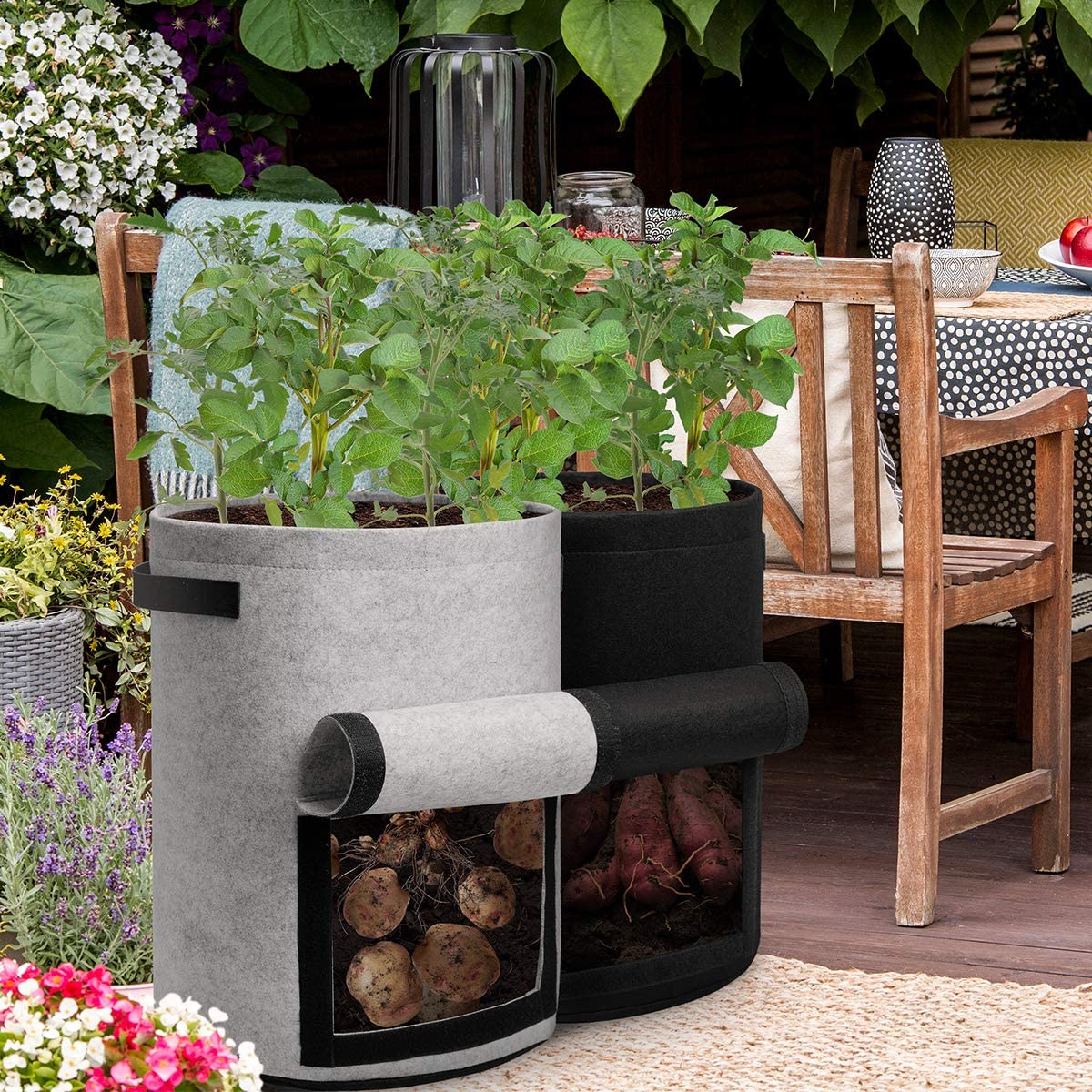
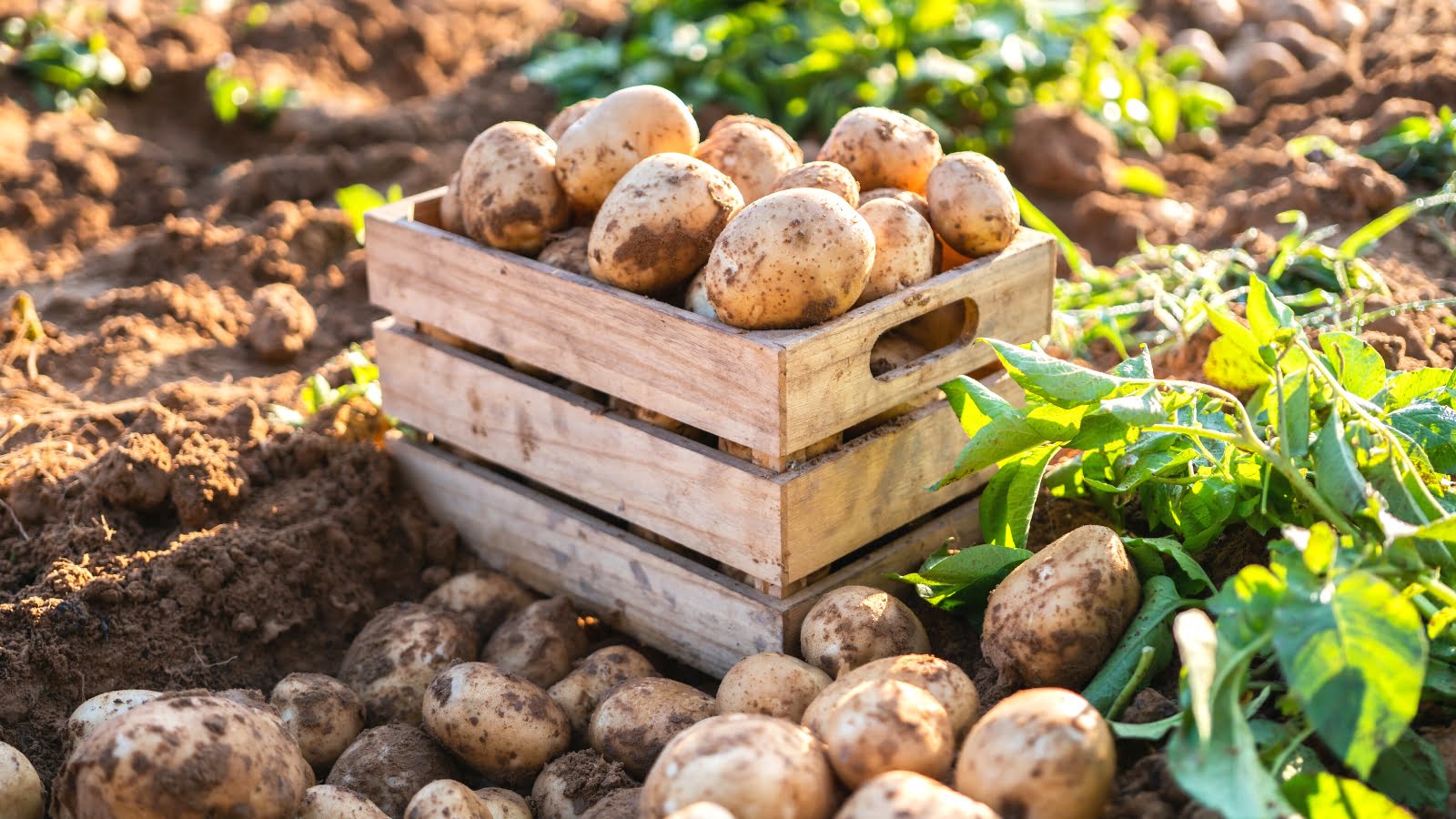
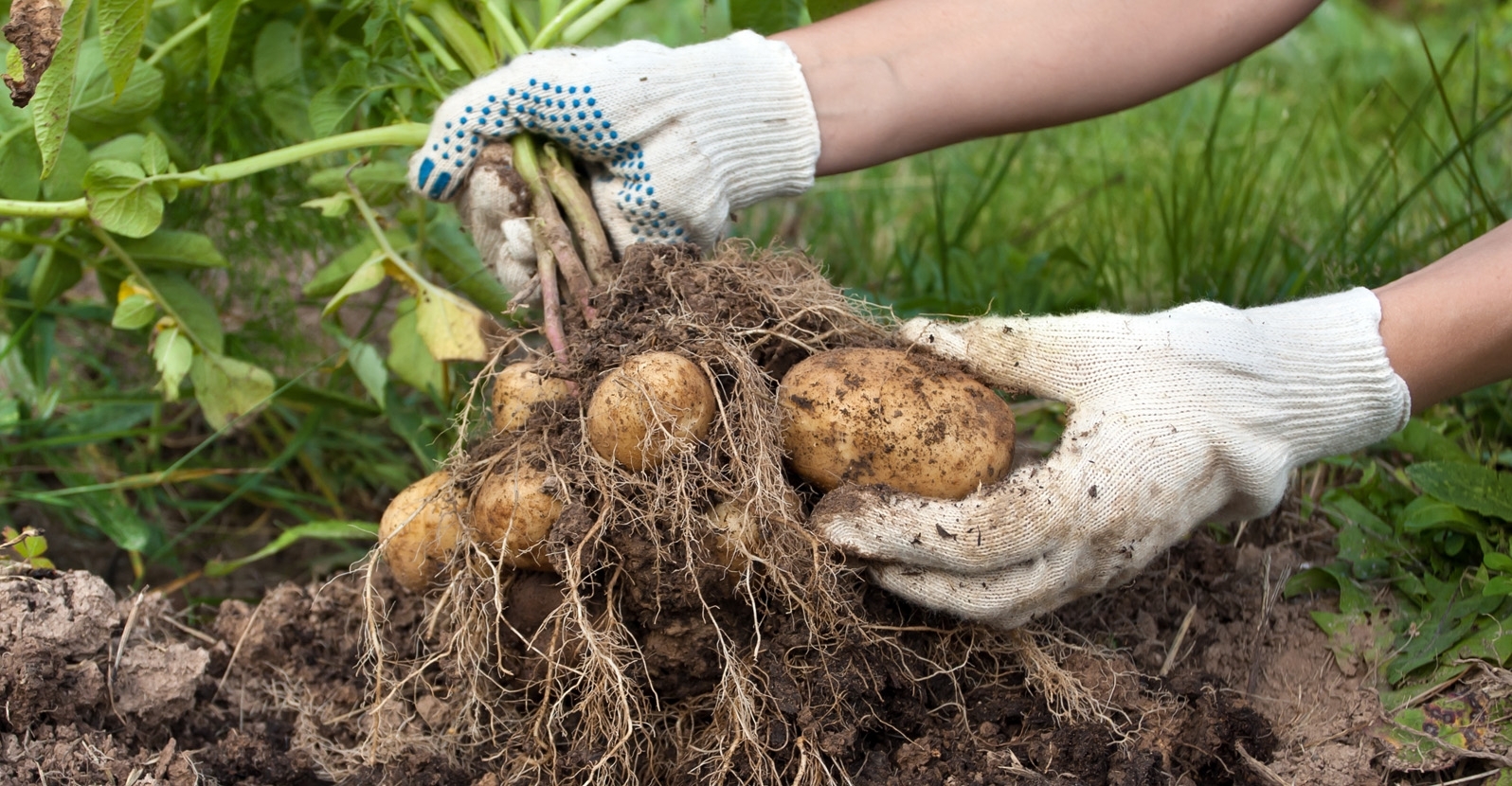
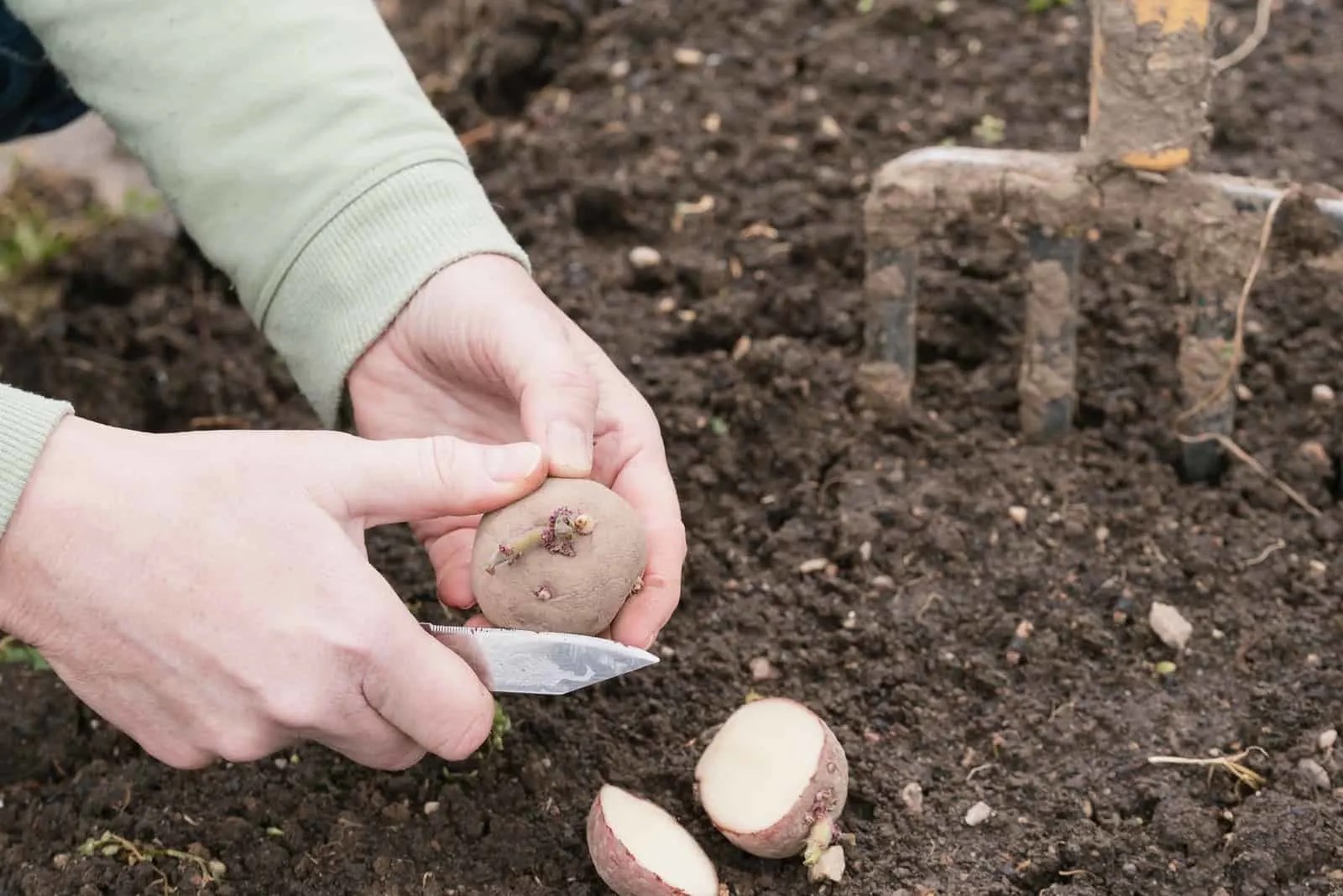
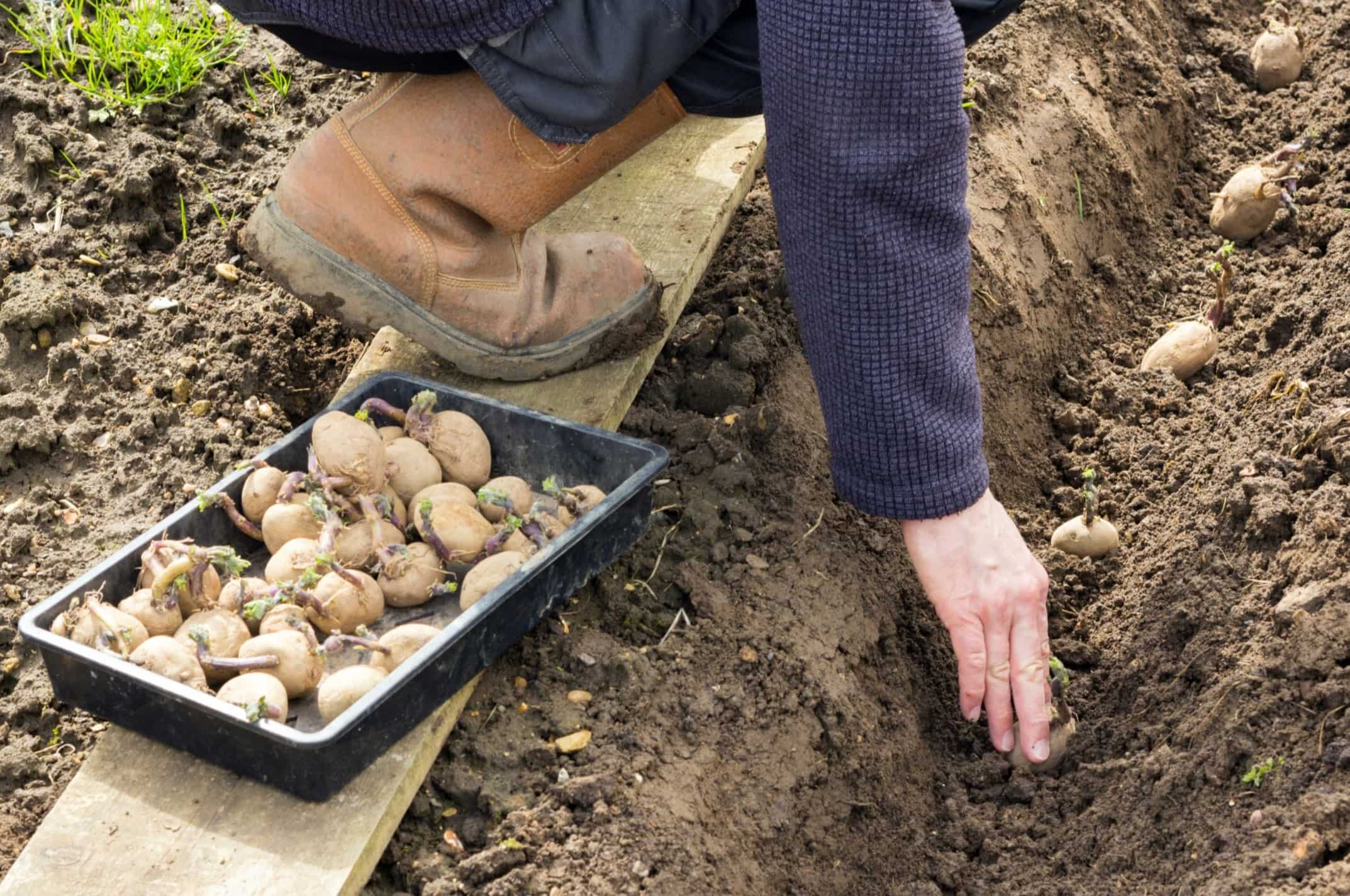
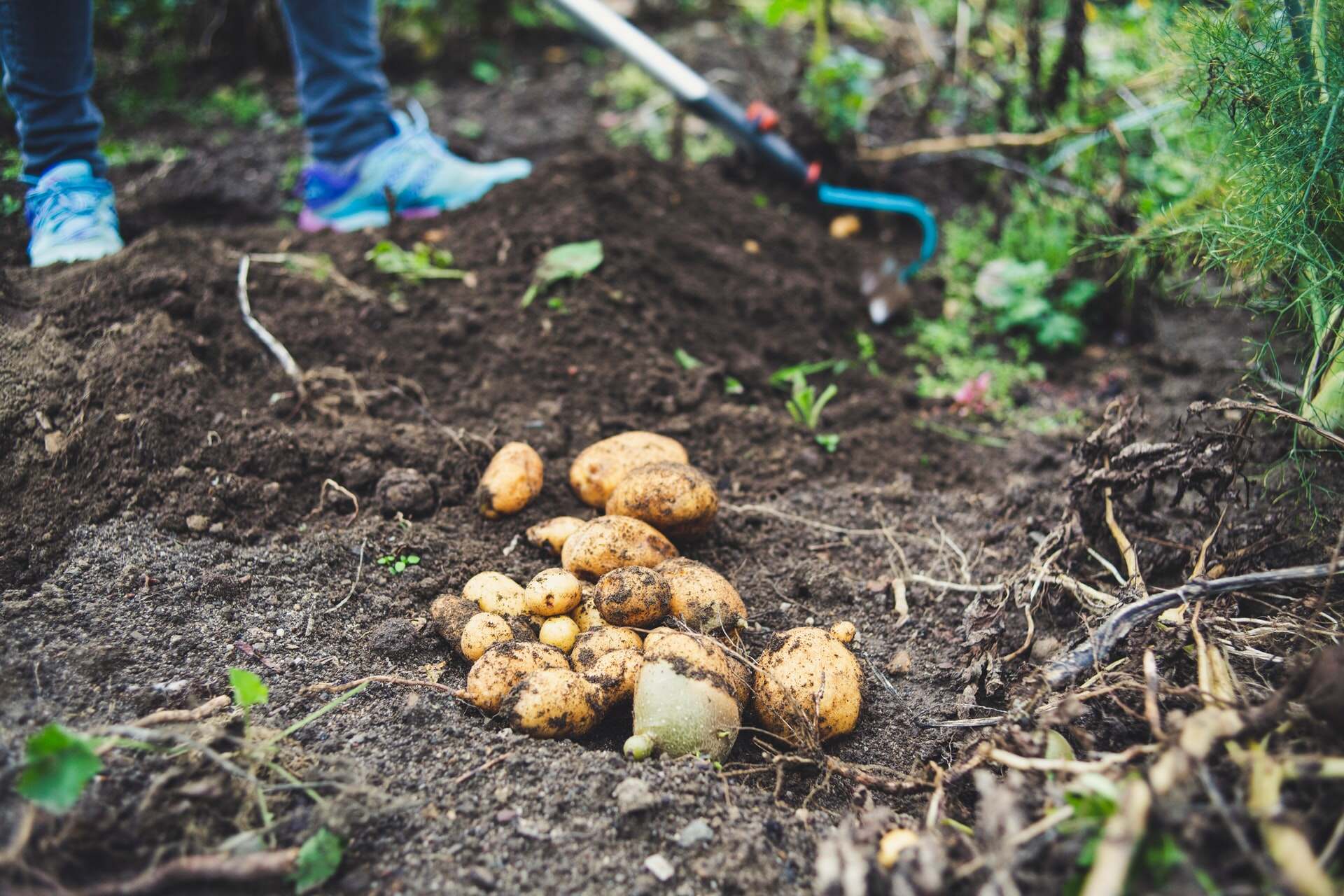
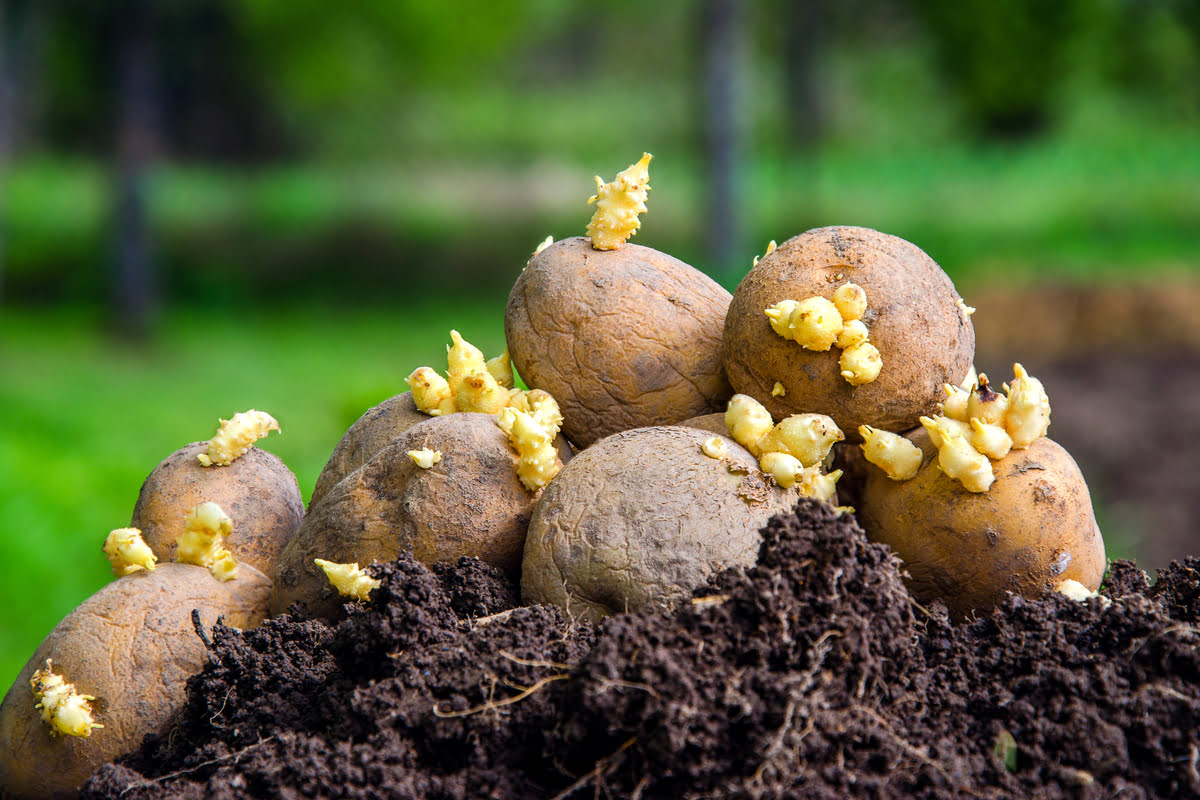
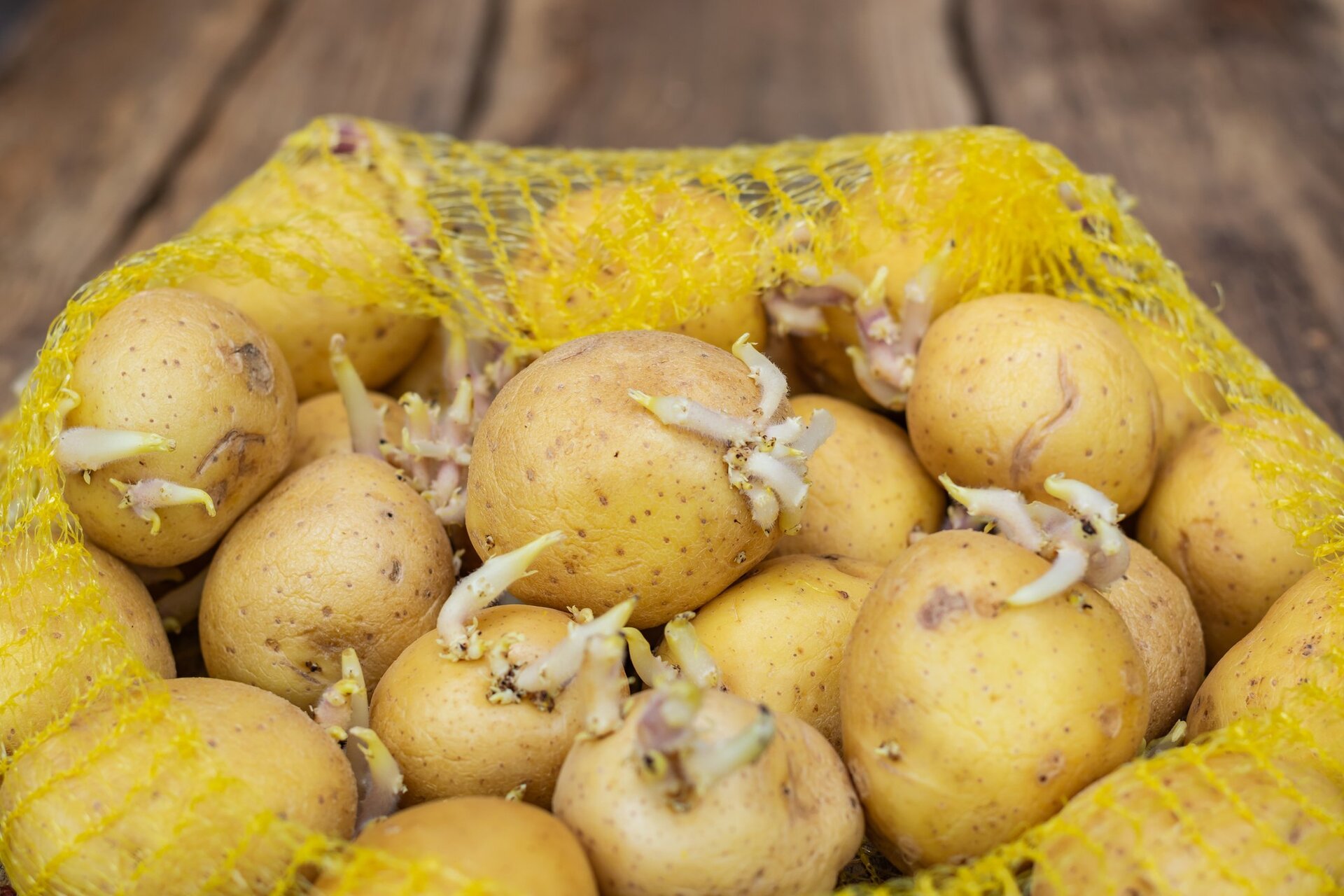
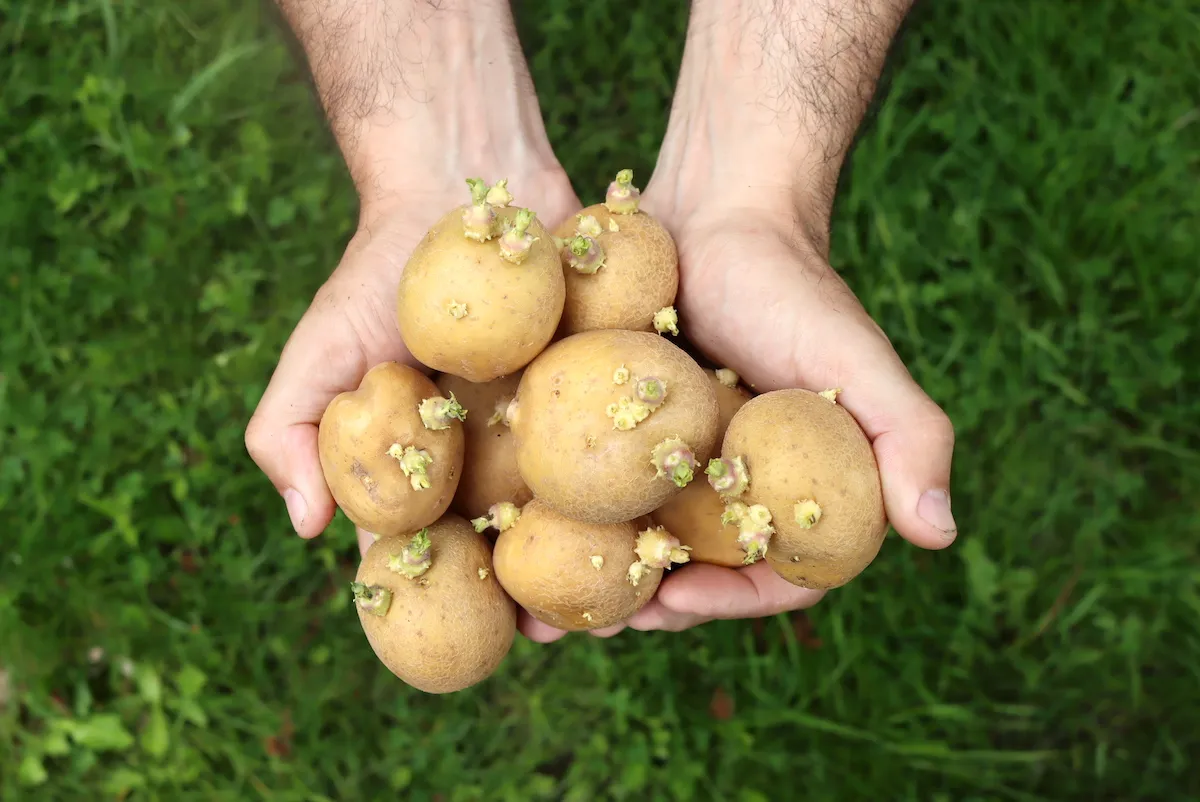

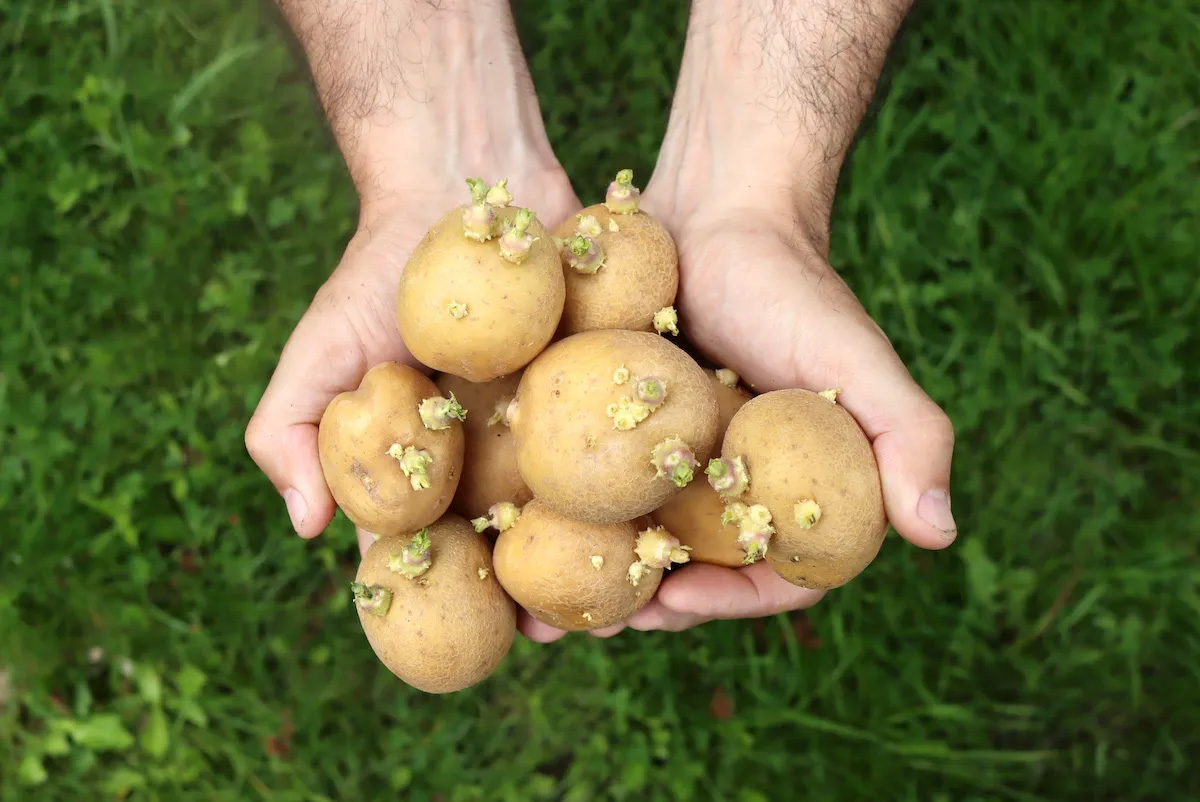
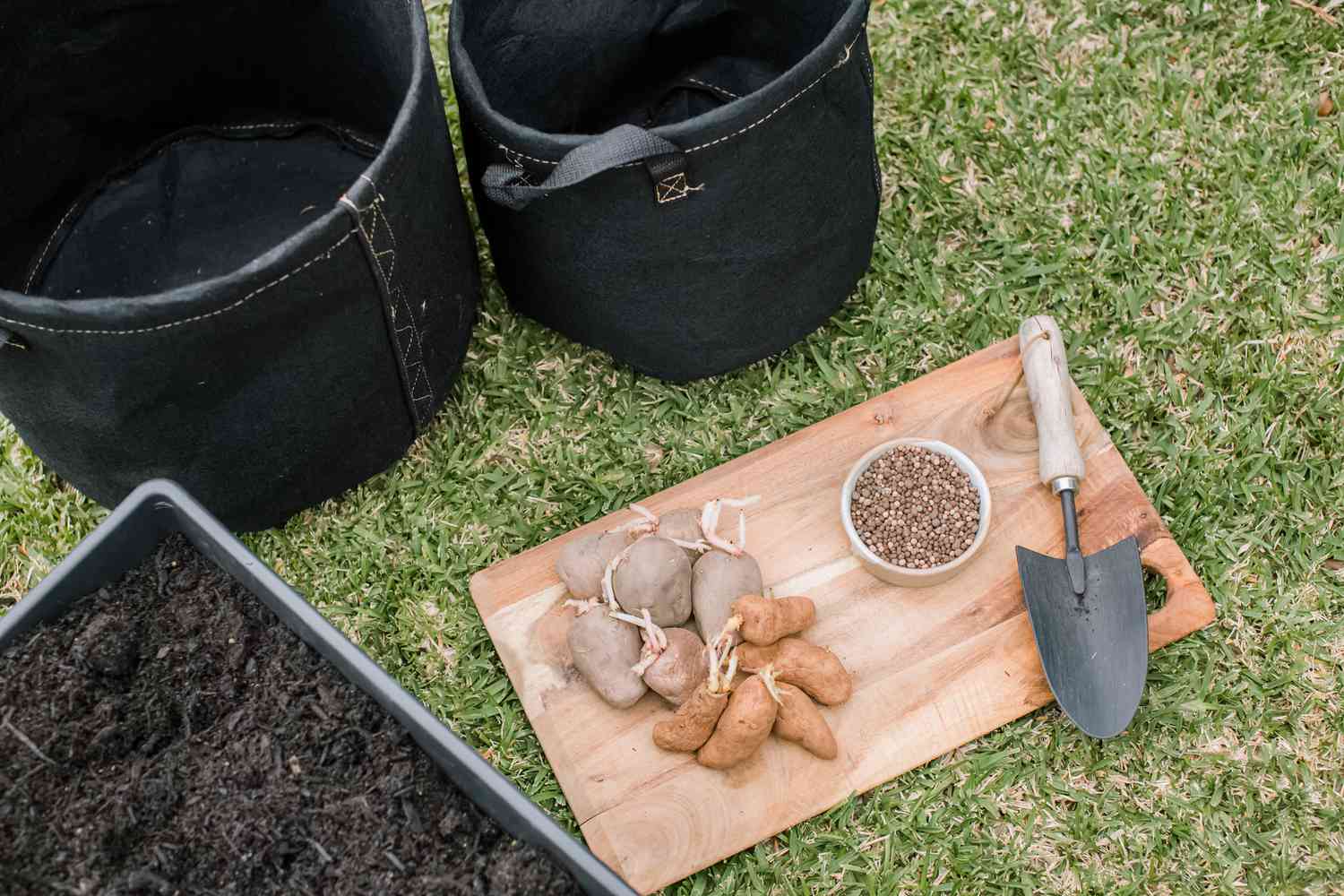
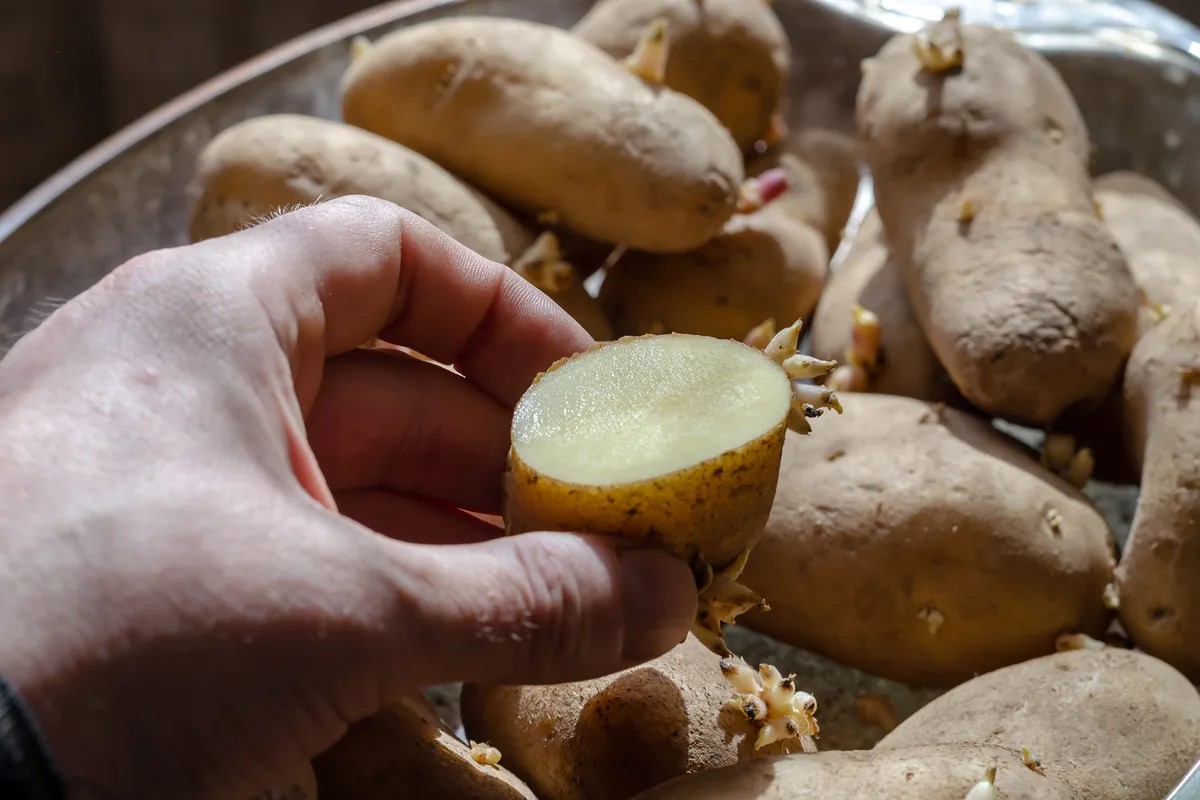

0 thoughts on “How To Plant Seed Potatoes”